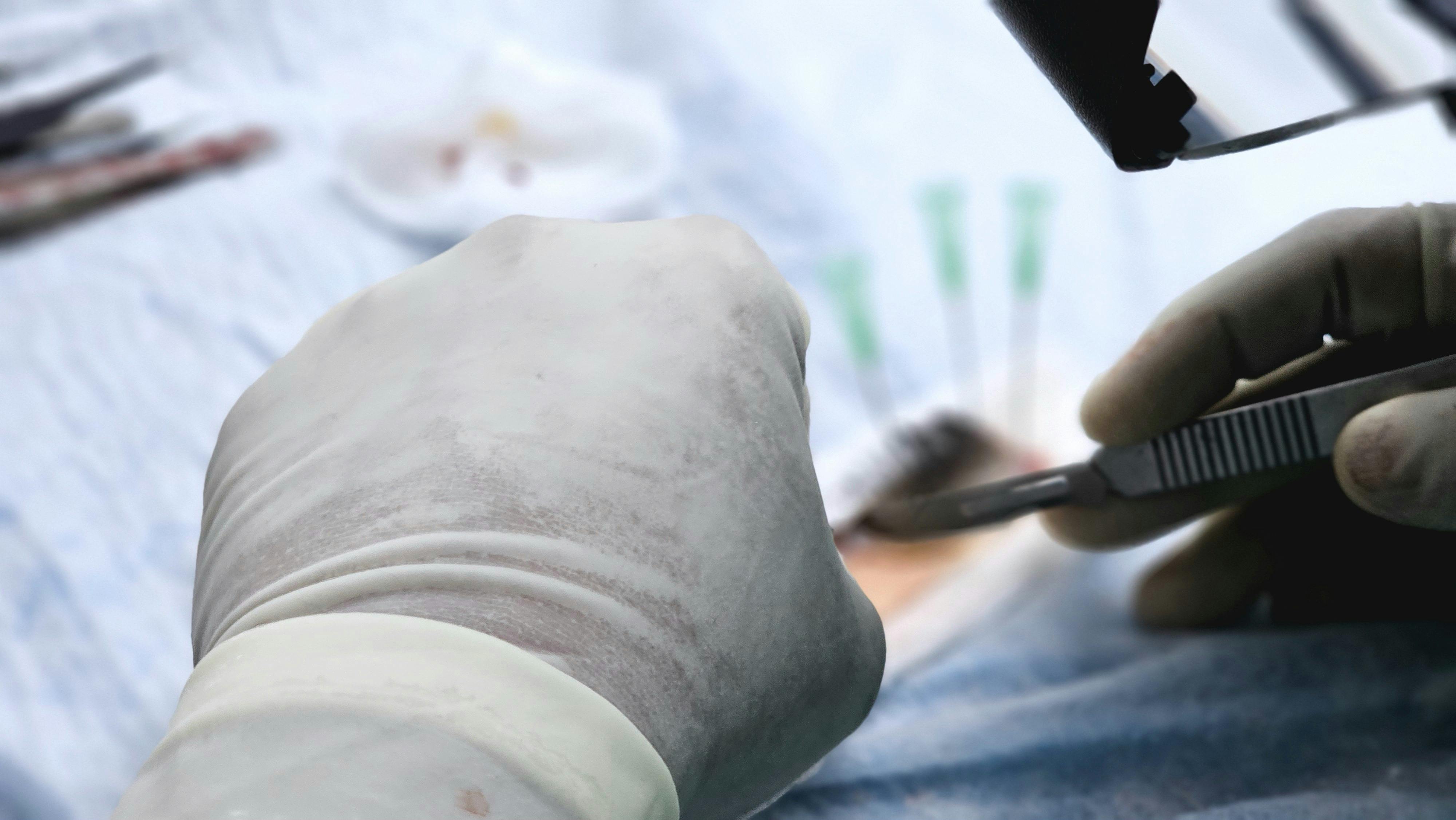Demystifying Hair Transplants: A Comprehensive Overview
In the realm of dermatology and aesthetic medicine, hair transplantation has been an area of significant interest and advancement over the last few decades. The pursuit of a fuller head of hair, driven by societal norms and personal desires, has led many individuals towards the path of hair transplant procedures. While the procedure is widely known, its comprehensive understanding, including the history, procedure details, current trends, and the impact it has on individuals, is often overlooked. This article seeks to fill this gap by providing a holistic perspective on hair transplants.

A Look Back: The Origins of Hair Transplants
The first hair transplant was performed in 1939 by Dr. Shoji Okuda, a Japanese dermatologist. Dr. Okuda’s method involved transplanting hair from one area of the scalp to another to treat severe burn victims. However, his work remained largely unknown until the 1950s due to the isolation of Japan during World War II.
In the 1950s, the procedure gained recognition in the West when Dr. Norman Orentreich, considered the father of modern hair transplantation, began experimenting with free donor grafts to balding areas in patients with male pattern baldness. His work established the principle of “donor dominance,” which posits that hair maintains its characteristics regardless of the transplanted location.
Understanding the Procedure: How Does Hair Transplant Work?
Hair transplantation is a surgical procedure that involves removing hair follicles from an area with abundant hair (known as the ‘donor site’) and transplanting them into a balding or thinning area (known as the ‘recipient site’). The two primary techniques used in modern hair transplantation are Follicular Unit Transplantation (FUT) and Follicular Unit Extraction (FUE).
In FUT, a strip of scalp is removed from the back of the head, and individual follicular units are extracted from this strip and transplanted to the recipient area. On the other hand, FUE involves the individual extraction of follicular units from the donor area, which are then transplanted to the recipient area. Both techniques have their pros and cons, with FUT generally providing a higher yield of hair, but with a more noticeable scar, while FUE is less invasive but may result in lower hair density.
The Current Landscape: Trends in Hair Transplants
In recent years, hair transplantation has seen a surge in popularity and technological advancements. Technological developments such as robotic assistance in FUE procedures have made the process more accurate and efficient. Furthermore, the stigma associated with hair transplants has decreased, leading to a rise in the number of procedures performed globally.
However, while the procedure has become more accessible, it is still a significant investment, both financially and in terms of recovery time. This has led to a growing trend of medical tourism for hair transplantation, with countries like Turkey and India becoming popular destinations due to their lower costs and advanced techniques.
The Impact and Reception: Hair Transplants and Self-Perception
Hair loss can significantly impact an individual’s self-perception and confidence. Numerous studies have demonstrated the positive psychological effects of hair transplants, with patients reporting increased self-esteem and improved quality of life post-procedure.
However, it’s essential to approach hair transplantation with realistic expectations. While the procedure can restore hair and improve appearance, it does not stop the progression of hair loss. Therefore, some patients may require multiple procedures over time to maintain their desired look.
Unique Insights: The Future of Hair Transplants
While hair transplants have come a long way since their inception, there’s still room for significant advancements. One emerging area of research is the use of stem cells to enhance hair growth during transplantation. Preliminary studies have shown promising results, and if successful, this could revolutionize the field by increasing the effectiveness and efficiency of hair transplants.
In conclusion, hair transplantation is a complex field with a rich history, diverse techniques, and significant societal impact. While the procedure can be life-changing for many, it’s important to approach it with a comprehensive understanding and realistic expectations. The future holds exciting possibilities, and it’s clear that the field of hair transplantation will continue to evolve and improve in the years to come.



